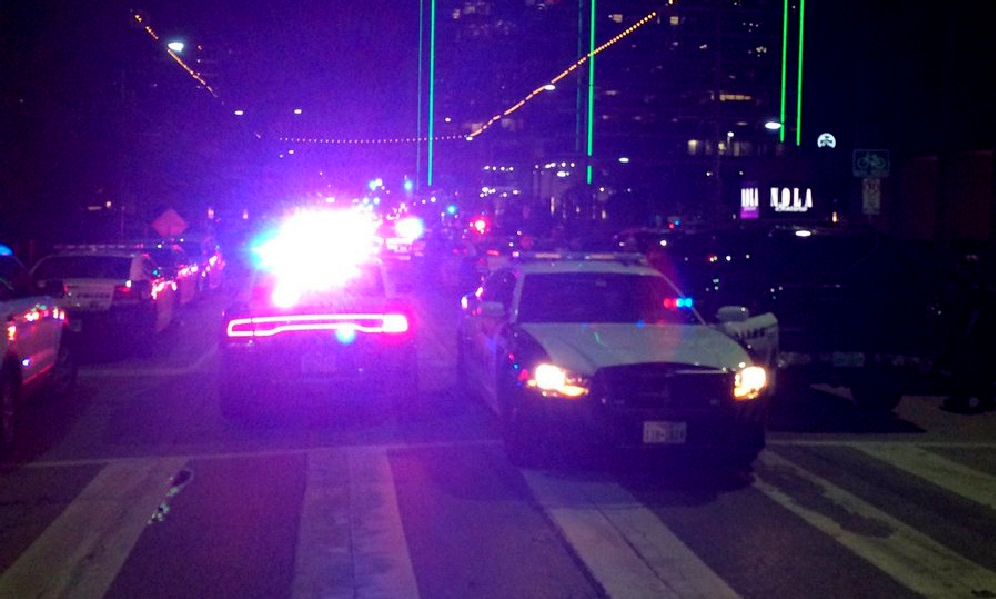Police officers are much safer than they used to be. Fatalities, shooting deaths, and felony murders of police are way down. Since I started reporting on this trend two years ago, one question has continually nagged at me: why? Why is police work getting safer?
1. Vests and EMTs
One answer is that we’ve just gotten better at saving lives — bulletproof vests became widespread and standard for police in the late 1980s, and emergency medical care has improved, as well. Nobody can deny that these are valuable and important, but they can’t explain the trend.
 First, killings of police were in decline for a long time before vests became common. Second, assaults, injuries, and non-lethal shootings of police are also way, way down. In other words, cops are not just being saved more often: they are being attacked and injured less frequently in first place.
First, killings of police were in decline for a long time before vests became common. Second, assaults, injuries, and non-lethal shootings of police are also way, way down. In other words, cops are not just being saved more often: they are being attacked and injured less frequently in first place.
2. Violent Crime
Another answer is that all crime, especially murder and other violent crime, has declined dramatically since the early 1990s. Since cops’ jobs are directly related to crime and violence, you’d suspect that killings of police would strongly track overall violence. This is so obvious that it is has to be true, on some level.
Trouble is, violence and police killings don’t correlate well. Cop killings peaked in the mid-1970s and declined ever since, while violent crime continued to rise drastically until the early 1990s.


Cop killings seem to follow overall violent crime from the early 1960s to the mid-1970s, and from the mid-1990s to the present, but for about twenty years, from the mid ’70s to the mid ’90s, they go in opposite directions. The most substantial drop in cop killings happened in those two decades before crime started falling. Killings of police per capita fell by 75 percent from 1973 and 2014 — but 80 percent of that decline happened between 1973 to 1992, while violent crime was still rising.
3. Culture
Another theory is that public opinion is responsible for officer safety: respect or contempt, trust in or fear of police is what drives violence against cops. This theory does not appear to hold up, at least in the aggregate. Gallup has surveyed the public about confidence in police since 1993, and it’s been pretty steady for the last twenty plus years.


Conclusion?
We have three perfectly sound intuitions about what might be responsible for officer safety, but they match up poorly with the data we have. It’s possible that more data would give us a better clue (I don’t yet have data on rates of assault and injury of police prior to 1987, but I’m FOIA-ing the FBI to get it), and it’s possible the data we have isn’t good enough (“confidence” in police might be too broad to give us a good measure of what we want to know).
I still suspect that some combination of technology/equipment, culture/trust, and crime/violence has to play a significant role in officer safety. But the data is just too messy to say for sure.

